The dairy game || villager || 29-06-2021 || by @shahzadmushtaq
Asslam-o-Alaikum to all,
I hope you all are well. Today in this post i am going to share some my village and fields pics with hope you like this. I got up early this morning and went to the mosque for Fajr prayers and recited the Quran.
In one place it is said: “ALLAH loves the trustworthy.” ALLAH says (interpretation of the meaning): ALLAH is sufficient for him who puts his trust in ALLAH. And the hadeeth says: “If you put your trust in ALLAH as He has the right to trust, then ALLAH will provide for you as He provides for the birds that are hungry in the morning and full in the evening. Let's return. " Therefore, a person should adopt lawful means and measures, but he should rely on ALLAH Almighty alone, follow the Shari'ah, perform his duties and avoid prohibitions, fear the wrath of Allah and avoid sins and misdeeds, and Hope for forgiveness from ALLAH's vast mercy.
It was the last week of April, the temperature was below 40 degrees, but the heat was very high. We were visiting some villages from Mirpur Khas near Daghri to find out about agriculture, environment, irrigation system, drinking water. , Bean and sorghum-infested lands, trees, forests and crops. Sugarcane and cotton crops were seen here and there along the way, but it was sad to see the barren lands spread far and wide. The vast area was uninhabited due to bean and sorghum. Asked about the absence of acacia, neem and other trees, the locals said, “In the last ten to fifteen years, the lands here have been damaged due to bean and sorghum. They have dried up, that is why no plant grows on this bean and thorn-stained land. ”
The bushes of the goddess were visible here and there. As we walked, we were just observing how the people here understood the difficult situation. Even after seeing the barren lands, there was a hope in my heart that maybe in the land of Mai Bhagi, where he became famous for singing "Under the vertical neem", we would see a neem tree to relax, but with the exception of a few houses and apartments.
Didn't see. Neem trees were not far away. Talking to the locals, it was learned that not only the trees, some of the birds here are few in number and some of them are completely extinct, because when their habitat (trees, forests) is gone, how can they Stay alive, where to live. Similarly, many species of wildlife have become extinct. Locals said, "It has been a tradition since the time of our ancestors that we do not hunt animals and birds, so that they do not become extinct." But when there was no conducive environment for them to live, they left here on their own. ”
The situation in Sindh is very bad in terms of wildlife. We guessed this when we visited the village. Even when animals and birds were nowhere to be seen. We visited Chaudhry Anwar's village, Deh 151, an active member of the local farmers' organization and a settler. He was an eyewitness to the changes taking place in the area. His village is in Union Council, Pabna, which he said was considered rich in agriculture, orchard production and livestock ten or twelve years ago.
The people here were busy cultivating their lands, living happily ever after, swaying fields, lush green lands. At our insistence, Chaudhry Anwar told the story of the change that was taking place in the village, how not only human beings were in trouble around them, but also trees and forests were destroyed and birds and animals were forced to migrate to save their lives. ۔ Climate change may be an element of this catastrophe, but most of the problems that arise in this particular area are caused by the people who are in power and want to settle down on their own land. This greed destroyed the fertile lands. That is why thousands of people are losing their livelihood. Earlier a law was in force, under which only about 30% of the land could be settled, but now it is no longer in force and people have settled 100% of the land. As a result, the lands have lost their fertility and the farmer is forced to starve.
Most of the villages here were settled in 1887, when the British called the ideal settlers (farmers) from Punjab to Sindh and settled them on agricultural lands, so that they could settle uncultivated lands. The family also settled potters, carpenters, blacksmiths, etc., so that they could make agricultural implements and help farmers in farming. Since then, these skilled and farming families have been companions in sorrow and joy.
People had their own plastic pipes in the pond. The village is home to 86 families, some of whom are potters, and most depend on agriculture and livestock for their livelihood. However, some people are now working as laborers in and around the sugar mills. There are two ponds in this village. These ponds are located on the banks of the watercourse, from where people get their water. Groundwater is no longer drinkable. There are only one or two villages where clean water is available.
When the canals close in December and January, the villagers take advantage of the opportunity to fetch water. "We have repaired two ponds and built laundry facilities for the women of the village," said Abdullah Saraz of the Lar Humanitarian Development Program, who led our short-term team. He also repaired the watercourse with the settlers to improve the flow of water. In addition, various crop training programs are run to provide farmers with crop awareness. Ali Nawaz Kanbhar, a resident of 161, said, "There are 25 potter families living in this village, out of which only a few families are keeping their talents alive."
Because clay and gray water are needed to make pottery. The situation is more or less the same for carpenters and blacksmiths, who have migrated in search of alternative employment. "Everywhere we went, people were telling stories of the destruction of their fertile lands. Everyone had different reasons for the catastrophe.
When it comes to the division of irrigation and the irrigation system in Sindh, the screams of the settlers are heard "the last breath of the tail" (the last part of the watercourse, where residents have difficulty getting water). They have been staging sit-ins on the streets of Mirpur Khas, Badin and Umerkot for some time. These are settlers, whose voices do not reach the assemblies, nor do they have access to government representatives to express their concerns, share in the water and settle their lands. Yusuf Rajput, a local from Mirpur Khas, said, “Mirpur Khas was rich in fruits, vegetables and agriculture, especially mango.
Before that there were all kinds of crops like wheat, millet, millet, maize etc. and the lands were very fertile. However, now the whole area is affected by bean sprouts. Many small-scale farmers cannot test their soil in their laboratory for rehabilitation. In this regard, the government should provide facilities to the settlers at a discounted rate, so that they can inspect their land and find a solution to prevent them from becoming barren. The recent "lost, land dispute" is also an issue for the future of agriculture, which some people have harmed for personal gain. Earlier crops were not given chemical fertilizers, nor agricultural pesticides. At that time the environment was taken care of, people, animals, birds were healthy.
But now humans, cattle and wildlife are all insecure. We have been protesting on waterways for the last seven years, we are not getting our share of water. Now the situation is that fake seeds and fertilizers are available in the market which is harming agriculture and farmers are worried. In this regard, local journalists say that growing beans and millet in Sindh. The Left Bank Outfall Drainage Project at a cost of Rs. 500 billion was started in several districts including Mirpur Khas and Sanghar to eradicate barren lands and enable them to be cultivated. Along with this, more than 400 tube wells were installed, whose job was to draw water from the ground and pour it into the canals, so that the beans and thorns could be removed. However, most wells are now closed, but some drainage projects are still visible. According to the settlers, due to the increase in ground level, four and a half lakh acres of land has been affected by barren and bean and it is getting worse with time.
Soil fertility can be restored, while some farmers say organic fertilizers can be used to make Klar and Sam Thor land cultivable. However, there is a lack of communication between government agencies and settlers and farmers in the agricultural sector, which is not solving the problems. On the other hand, no clear steps are being taken at the government level to save the agricultural sector, which is why thousands of families are involved in Sindh.
image source
| Mobile | click by |
|---|---|
| Tecno spark 6 | @shahzadmushtaq |
I hope you enjoy this post. Thanks!
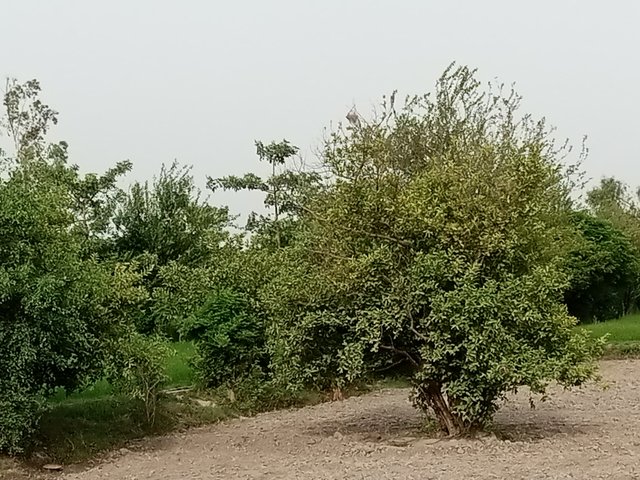
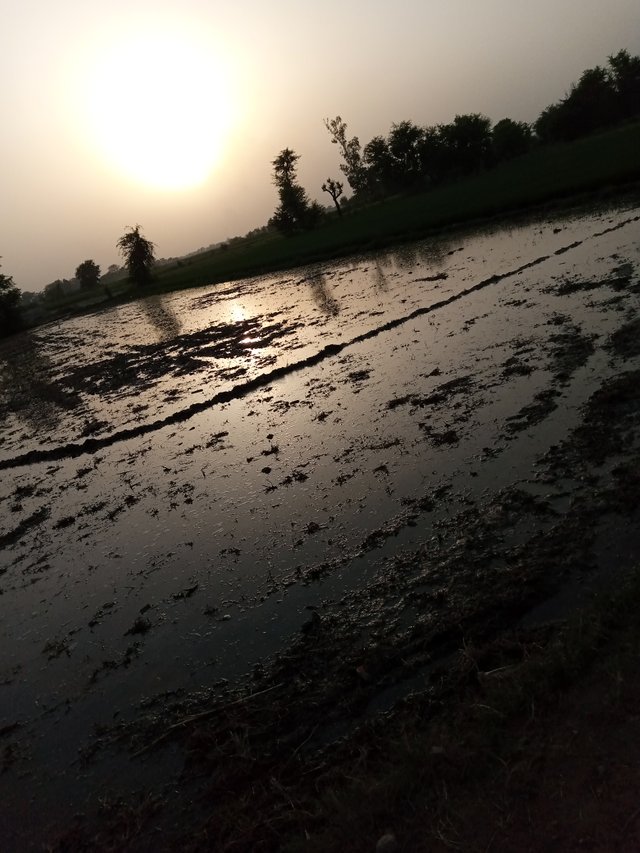
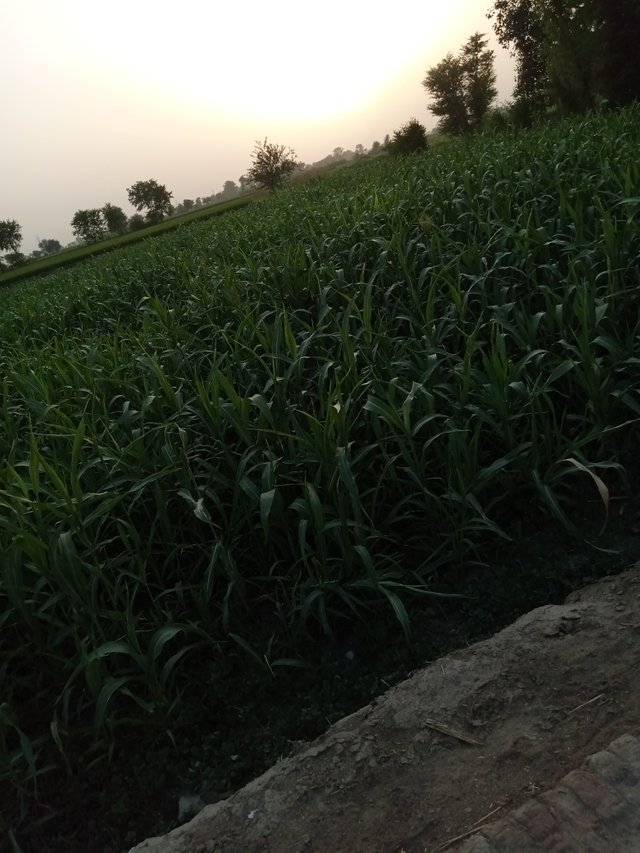
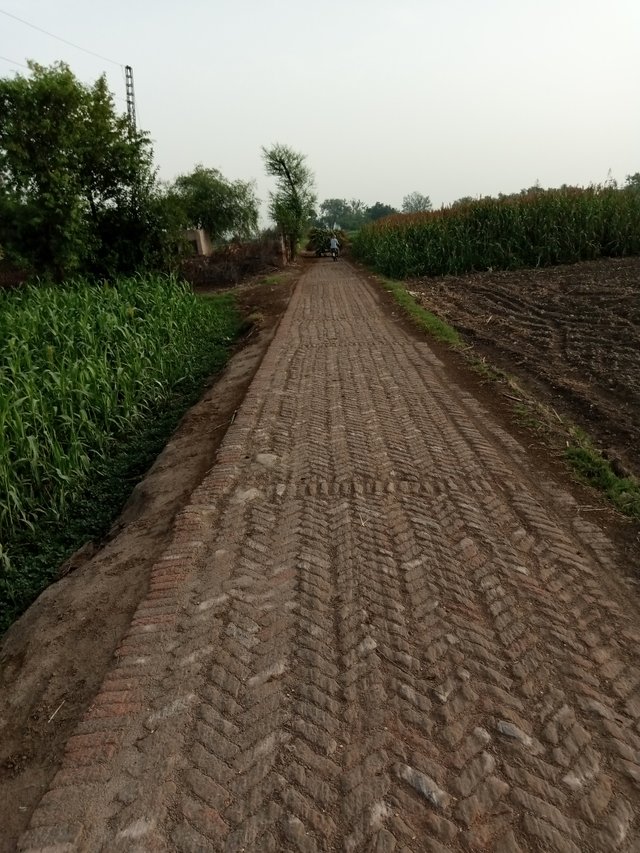
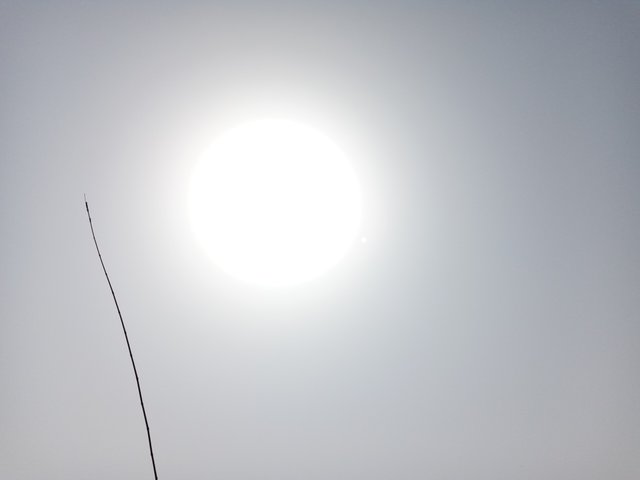
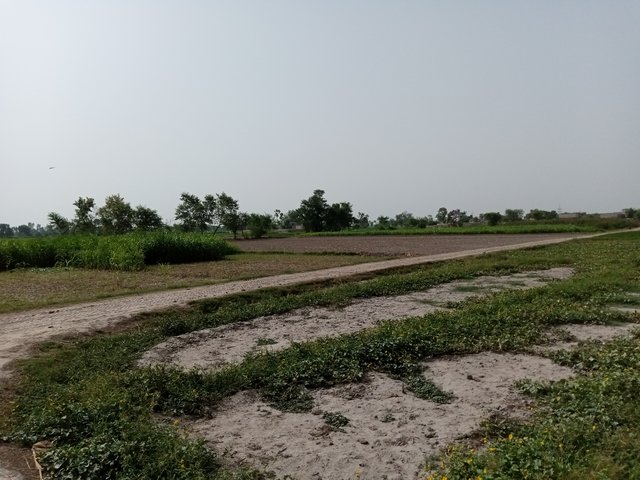
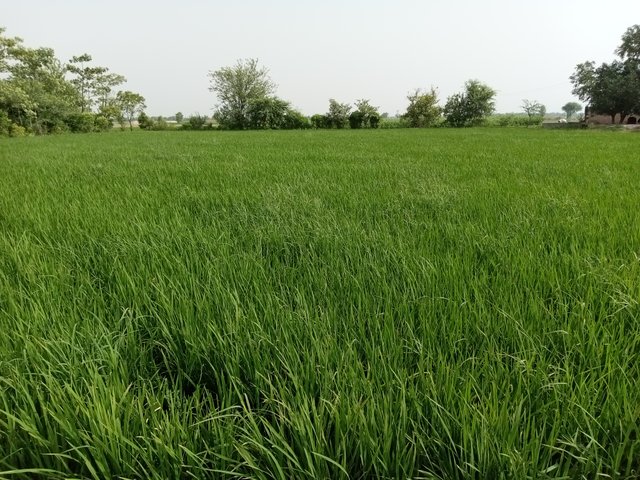
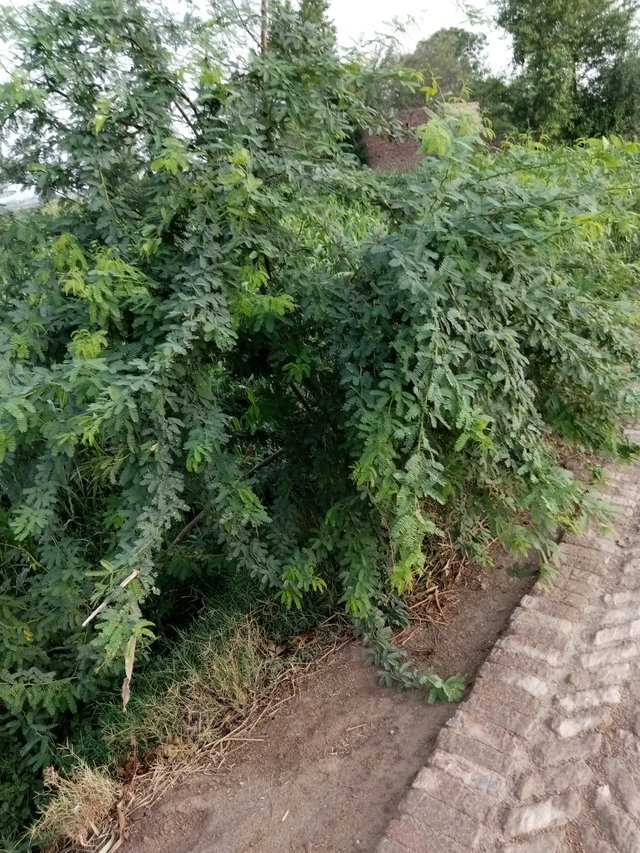
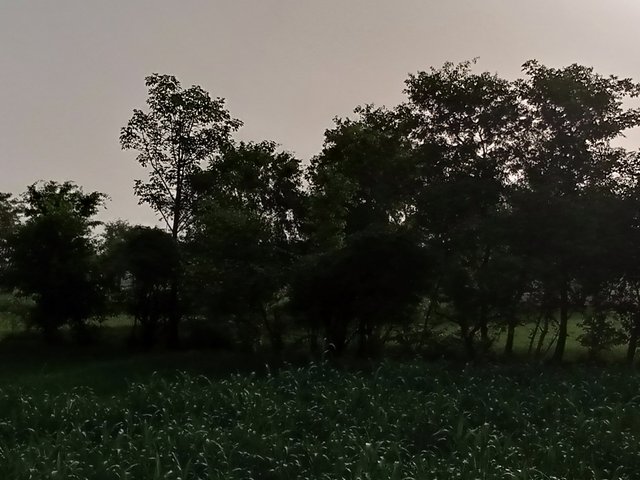
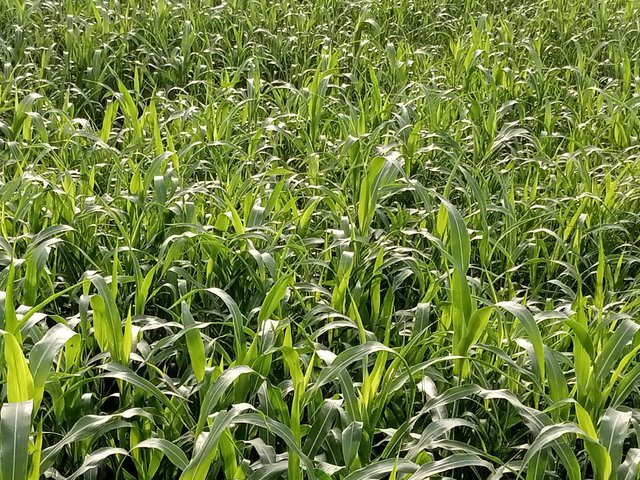
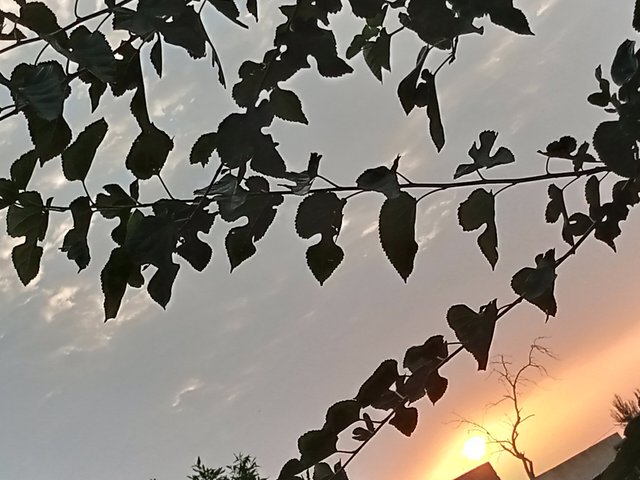
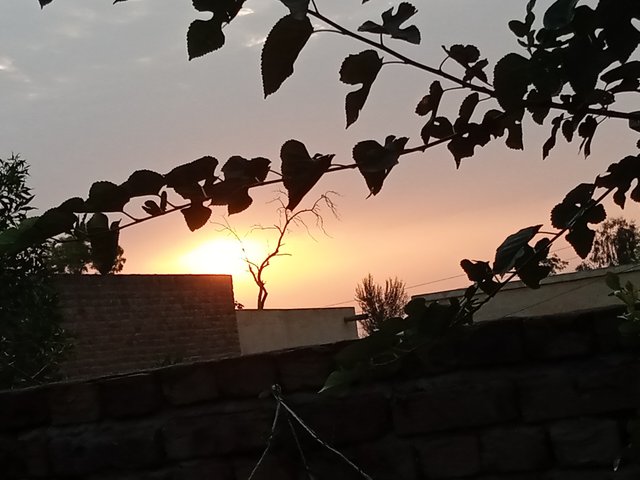
Ignore
The natural beauty of this place seems amazing, good to see all the green.